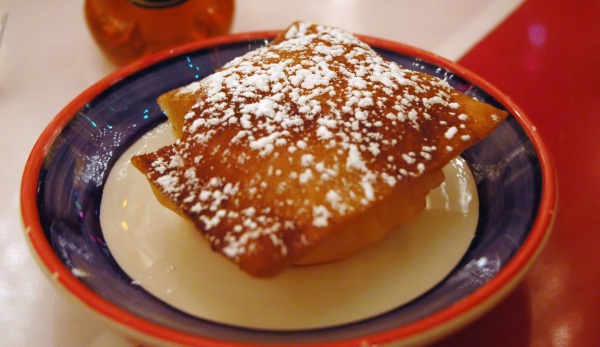Facts About Sopaipilla
A sopaipilla, sometimes spelled sopapilla, sopaipa, or cachanga, is a delectable fried pastry and quick bread cherished in many regions with Spanish heritage across the Americas. The name "sopaipilla" traces back to the Mozarabic language of Al-Andalus, where "Xopaipa" meant bread soaked in oil. Intriguingly, the word shares roots with Ladino-speaking crypto-Jews who introduced similar terms to New Mexico. It is derived from the Germanic term "suppa" meaning bread soaked in liquid.
Traditional sopaipillas are made using leavened wheat dough mixed with shortening or butter. The dough is rolled out, cut into shapes, and deep-fried, causing them to puff up and form a hollow center. Various regions have their own distinctive versions:
- Argentina: These pastries are known by several names, including Torta frita, Kreppel, and chipá cuerito.
- Chile: Chilean sopaipillas are often served with pebre or chancaca sauce and are a popular street food.
- Peru: Known as cachanga, these can be either sweet or savory, and are typically larger, thinner, and more rigid.
- United States: In New Mexico, sopapillas can be served as bread or stuffed with savory fillings. In Tex-Mex cuisine, they are frequently enjoyed as a dessert with cinnamon sugar and honey.
- Uruguay: Called Torta frita, this variant is a thin, large dough that can be either sweet or salty, often enjoyed as a snack, especially on rainy days.
From 2003 to 2005, sopapillas and strudel were honored as Texas' state pastries. The unique variations of sopaipillas across different regions showcase their versatility and widespread appeal, making them a beloved treat throughout the Americas.

 Bolivia
Bolivia